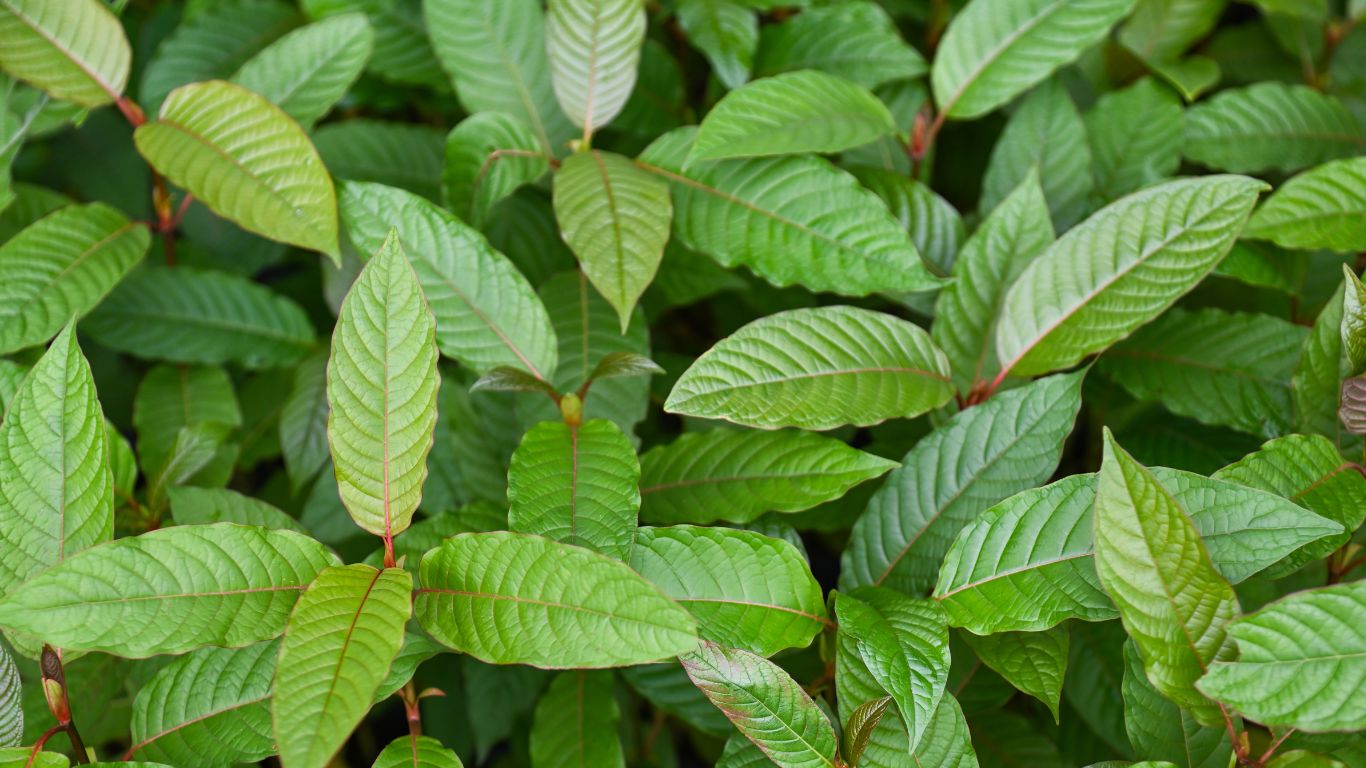Native to Southeast Asia, the tropical tree kratom has been utilized for ages for possible medicinal purposes. Kratom powder comes mostly from the leaves of this tree, Mitragyna speciosa, scientifically speaking. There are various phases to the trip from tree to powder, each one guarantees the quality and potency of the product. The kratom extraction methods vary, with techniques like cold water extraction and ethanol-based methods being commonly used. Let us investigate kratom’s manufacturing more closely.
-
Leaves Harvesting
The procedure starts with kratom leaf collecting. Mature trees are carefully chosen by farmers since older leaves usually have more active chemicals like 7-hydroxymitragyne and mitragynine. Usually hand-harvested, leaves are selected for use only from the greatest quality.
-
Drying the Leaves
The leaves are laid out to dry once picked. This stage is crucial since it determines the alkaloid concentration of the resultant good. While some leaves are dried indoors in a controlled setting to retain varied alkaloid profiles, others are dried in direct sunshine and can improve some qualities. The kind of kratom being made determines the drying technique—red, green, or white vein kratom.
-
Turning into powder
The leaves are pounded into a fine powder once they are totally dry. One can accomplish this with conventional and with industrial grinders. The grinding procedure guarantees a constant texture and lets the kratom be readily swallowed or processed further into capsules or extracts. Some producers assure an ultra-fine powder by running several grinding steps.
-
Quality Control and packaging
The kratom powder is meticulously wrapped once milled to maintain its strength and freshness. At this point, quality control actions including lab testing for purity and potency are absolutely vital to guarantee the product is safe for use.
From tree to powder, kratom is produced with great care to provide a natural product loved by many globally by balancing history with current methods. Advanced kratom extraction methods aim to isolate the most potent alkaloids while preserving the plant’s natural properties.

